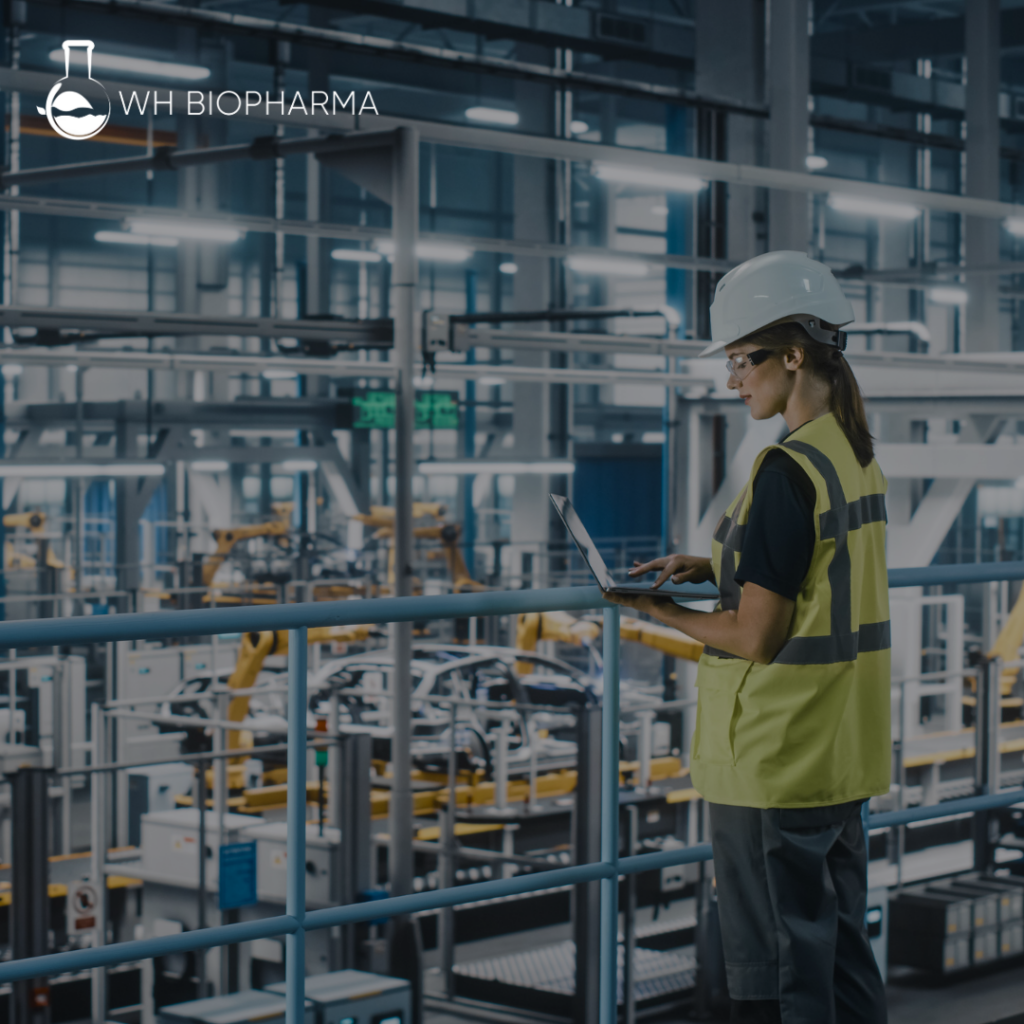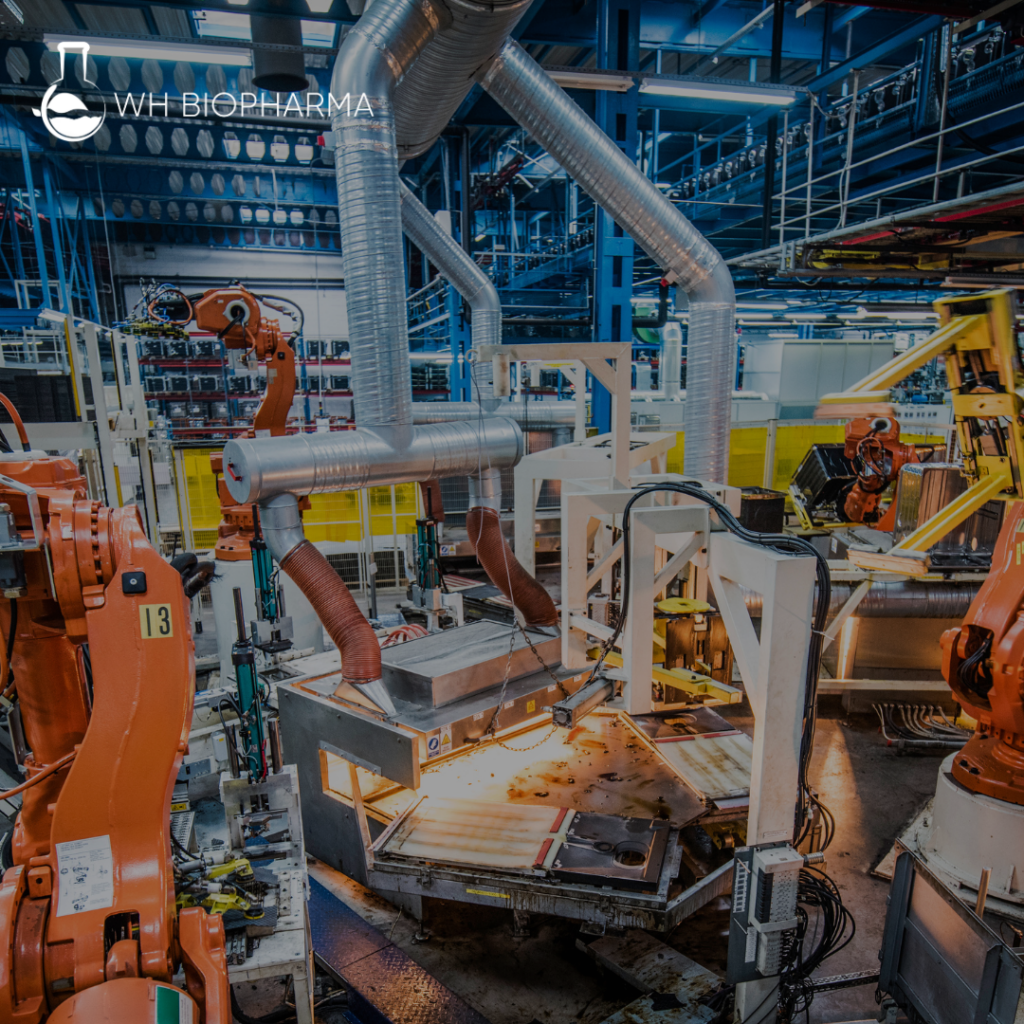In the ever-evolving landscape of modern industry, the advent of manufacturing automation has emerged as a transformative force, reshaping the way products are conceived, crafted, and delivered. This comprehensive exploration delves into the myriad types of manufacturing automation, each representing a unique facet of technological innovation poised to elevate efficiency and precision across diverse sectors.
Fixed or hard automation, characterized by specialized equipment dedicated to specific tasks, offers unparalleled precision in high-volume, standardized production scenarios. On the other end of the spectrum, programmable automation introduces a dynamic element, allowing for adaptability to changes in tasks or product variations, making it a strategic choice for environments with moderate production volumes and evolving requirements.
Industrial robotics, the versatile workhorses of modern manufacturing, exhibit the ability to perform an array of tasks, contributing to flexible manufacturing systems. The advent of smart manufacturing and Industry 4.0 takes automation to the next level, leveraging interconnected technologies like IoT and AI to create intelligent production systems capable of real-time optimization and data-driven decision-making.
The exploration delves into the realm of collaborative robots (cobots) designed to work alongside human counterparts, automated inspection systems ensuring stringent quality control, and the revolutionary impact of 3D printing on rapid prototyping and customization. This comprehensive guide aims to unravel the intricacies of each automation type, showcasing their unique attributes and collective contribution to shaping the landscape of modern manufacturing.

- Fixed or Hard Automation: The Precision Pioneers
Fixed automation stands as a stalwart in the manufacturing realm, showcasing specialized equipment meticulously designed for a specific set of tasks. Ideal for high-volume production of standardized products, this form of automation ensures consistent precision but comes with a caveat – it lacks adaptability to changes in product design or production volume. Once set up, the equipment becomes dedicated to its assigned task, forming the backbone of industries with stable and predictable production demands.
- Programmable Automation: Flexibility Redefined
In contrast, programmable automation introduces a dynamic layer to the manufacturing process. The adaptability of machines is a key feature, allowing for reprogramming to accommodate different tasks or product variations. This type of automation thrives in environments where production volumes are moderate, and the ability to swiftly pivot to meet changing demands is paramount.
- Industrial Robotics: Versatility Unleashed
Industrial robots, the workhorses of modern manufacturing, epitomize versatility. These programmable machines execute a myriad of tasks, from precision assembly and welding to material handling and packaging. Their integration into production systems fosters flexibility and efficiency, creating agile manufacturing environments that respond adeptly to evolving market needs.
- Flexible or Soft Automation: Adapting to Change
Flexible automation mirrors its name, offering a reconfigurable approach to manufacturing. The easily adaptable equipment and control systems facilitate rapid changes in the production process, making it a perfect fit for environments where product variations or short life cycles demand nimble adjustments.
- Computer Numerical Control (CNC): Precision at its Core
CNC technology has become synonymous with precision manufacturing. Controlled by computer programs, CNC machines, ranging from mills to lathes, execute intricate tasks with unparalleled accuracy. Widely utilized in machining and fabrication, CNC automation ensures the repeatability and precision necessary for complex manufacturing processes.
- Smart Manufacturing and Industry 4.0: The Digital Revolution

Welcome to the era of Industry 4.0 – a landscape where smart manufacturing and digital technologies converge to create interconnected and intelligent production systems. This transformative paradigm leverages the Internet of Things (IoT), artificial intelligence, big data, and cloud computing to optimize processes, enhance decision-making, and usher in a new era of efficiency.
- Automated Guided Vehicles (AGVs): Navigating the Future
AGVs represent the mobile workforce of automated manufacturing environments. These robotic vehicles, guided by predetermined paths or advanced sensor systems, excel in material handling and transportation within facilities. AGVs contribute to seamless logistics, ensuring the smooth flow of materials between different stages of production.
- Collaborative Robots (Cobots): Bridging Man and Machine
In the spirit of collaboration, cobots make their mark. Collaborative robots are designed to work alongside human counterparts, sharing the same workspace and collaborating on tasks such as assembly, inspection, or packaging. This innovative approach to automation enhances efficiency while fostering a harmonious human-robot coexistence.
- Automated Inspection Systems: Ensuring Quality Assurance
Automated inspection systems bring a critical eye to manufacturing, utilizing machine vision, sensors, and artificial intelligence to scrutinize and verify product quality. These systems operate with unparalleled accuracy, minimizing the risk of defective products reaching the market and enhancing overall quality assurance protocols.
- 3D Printing (Additive Manufacturing): The Future Unveiled
While not traditionally categorized as automation, 3D printing, or additive manufacturing, it deserves a mention for its transformative impact on the production landscape. This technology, layering material to construct three-dimensional objects, has revolutionized rapid prototyping, customization, and the creation of intricate components with unprecedented precision.
As industries navigate the multifaceted landscape of manufacturing automation, the synergy of these diverse approaches becomes apparent. Manufacturers often employ a strategic blend of these automation types, creating integrated and efficient production systems capable of meeting the demands of a rapidly changing world. The evolution of manufacturing automation continues to unfold, promising further innovations and advancements that will shape the future of industry in ways yet to be imagined.





